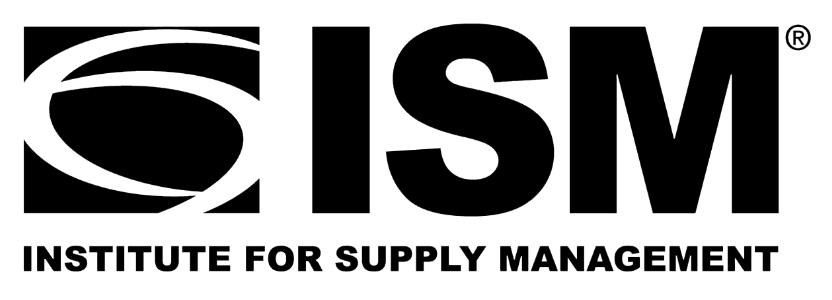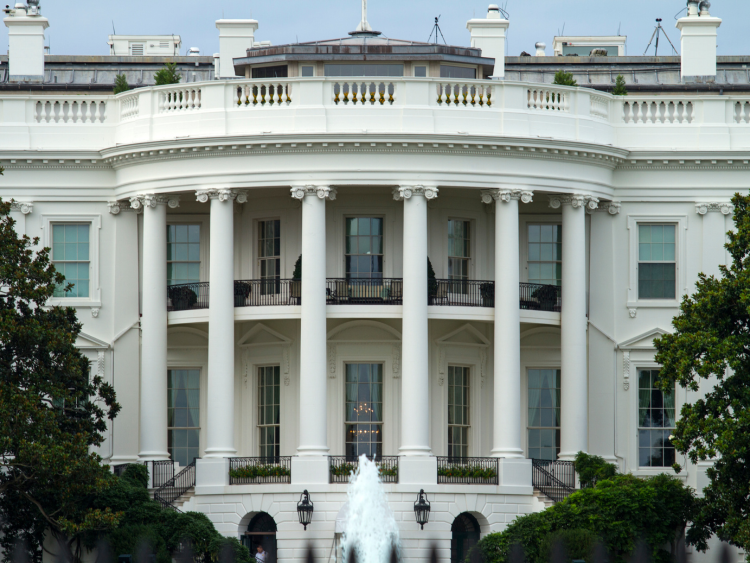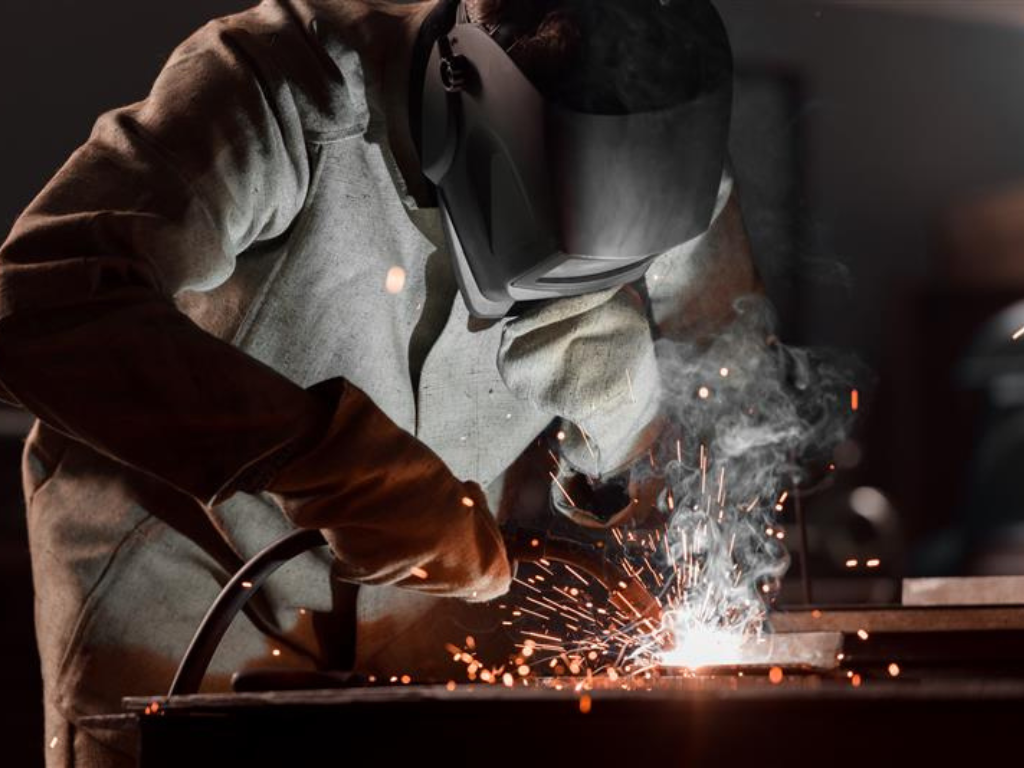Economy

Uncertainty Over Trade Has Not Hurt Capital Spending…Yet
Written by Tim Triplett
July 29, 2018
Given all the conflict over Trump administration trade policies and the potential for a ruinous trade war, optimism among some corporate executives is wavering. But if negative outlooks on trade are affecting corporate investment and spending plans, it is not yet apparent in the data, say two experts.
A dip in cap spending is widely expected, among the many unintended consequences of the steel tariffs. “Who would bet millions in capex when the artificial generator of demand and price increases could be gone next month? Or even 12 months from now?” asks economist Alan Beaulieu of ITR Economics. Yet, he says, the monthly rate of capex in the U.S. has been relatively unaffected by either the Trump tariffs or the reduction in the corporate tax rate. ITR’s analysis shows no big downturn in capital spending, as might be expected, but rather a modest slowing in the rate of rise, which will continue into the latter half of this year.
Economist Keith Prather of Armada Corporate Intelligence is keeping a close eye on corporate executive sentiment. Many prominent figures in the financial community, including Federal Reserve Chairman Jerome Powell, warn that executives are beginning to allow negative outlooks on trade to affect their investment and spending plans. The chance of this fear spreading like a contagion to companies that have no exposure to trade tariffs is a real risk to U.S. economic growth. But, like Beaulieu, Prather doesn’t see it in the numbers.
“Capital investment is still trending stronger than we’ve seen since the early 2012 period. On a real dollar basis, we saw $231 million more in capital expenditures in May 2018 than a year earlier. In April, we saw an increase of $1.36 billion more year-over-year. So, we all know that at some point [trade conflict] must impact sentiment and it must strain capital spending. It’s just not in the data – yet.”
According to the Federal Reserve, Gross Private Domestic Investment increased 2.5 percent quarter-over-quarter in Q1. More strikingly, it was up 8 percent year-over-year through Q1. In dollar terms, that was $83.9 billion more in spending than in Q1 2017. But, Prather notes, since GDPI is only reported quarterly, the full impact of the tariff risk might not have been “baked in” by the end of Q1. “So, we’ll anxiously await the Q2 figures to see if there is some deceleration taking place.”
Both Beaulieu and Prather will elaborate on their views of steel and the economy as featured speakers during the Steel Market Update Steel Summit Conference Aug. 27-29 in Atlanta. For more information or to register: www.SteelMarketUpdate.com/Events/Steel-Summit.

Tim Triplett
Read more from Tim TriplettLatest in Economy

ISM September survey captures deepening manufacturing gloom
The Institute for Supply Management’s (ISM) latest monthly report on manufacturing reflects a bleak view of American industry in September.

Key industries concerned over government shutdown’s impact on steel, manufacturing
Trade groups cautioned that a prolonged shutdown could strain US industry.

Chicago Business Barometer catches cold winds of contraction in September
The Chicago Business Barometer's September reading indicates a softening in overall business activity in the Midwest for the third consecutive month, with new orders and backlogs retreating further.

Metalforming market sentiment takes a dive in September: PMA
Metalforming manufacturers anticipate a decrease in near-term conditions, according to the Precision Metalforming Association's (PMA) Business Conditions Report for September.

AIA: Architecture firms still under pressure
Architecture firms reported a modest improvement in billings through August, yet business conditions remained soft, according to the latest Architecture Billings Index (ABI) release from the American Institute of Architects (AIA) and Deltek.
